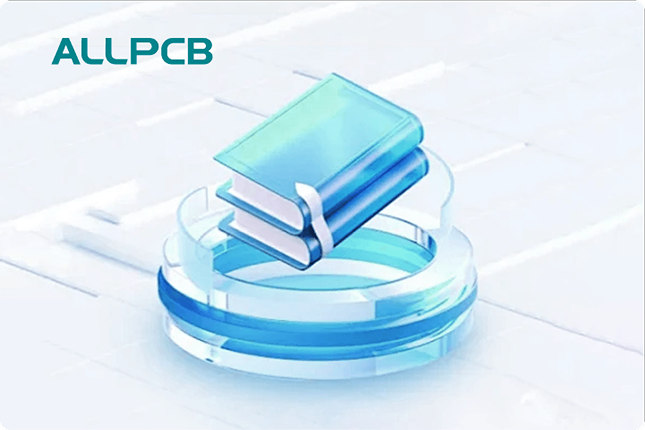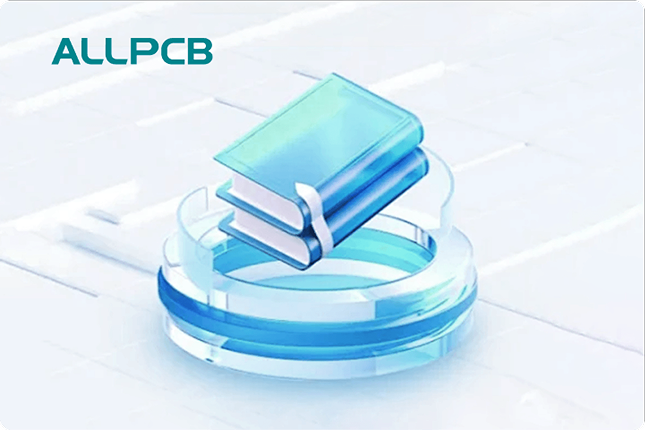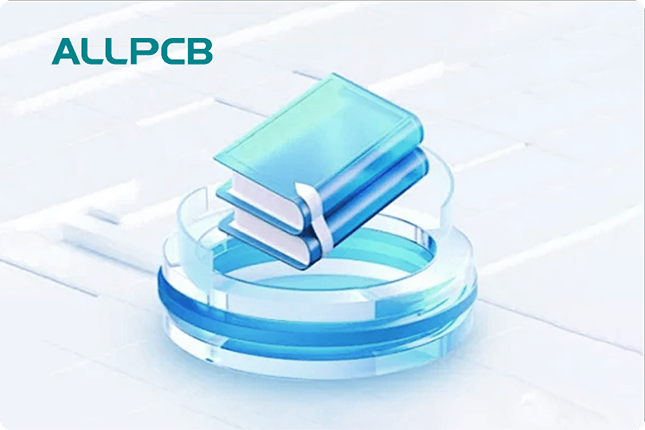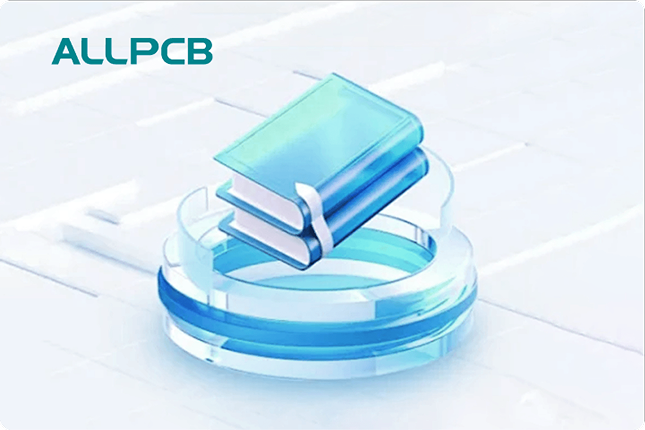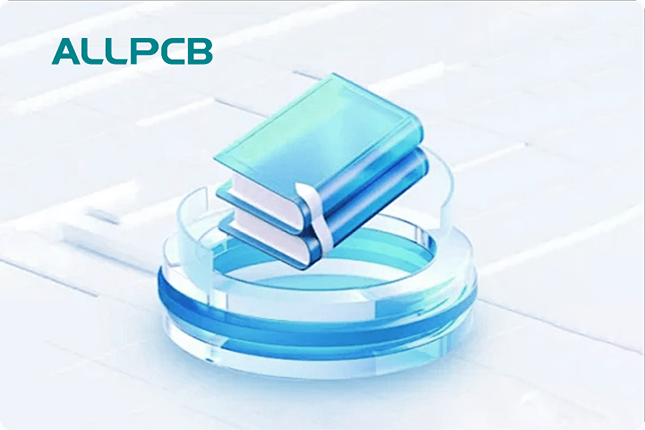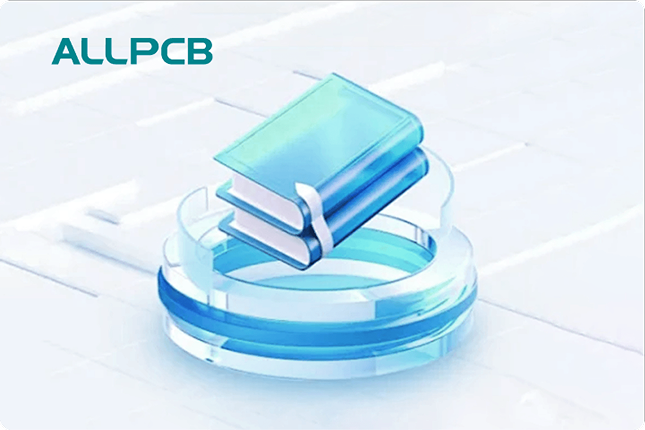In the rapidly evolving world of agriculture, precision farming has emerged as a game-changer, enabling farmers to maximize yields and minimize waste through data-driven techniques. At the heart of this revolution lies the integration of sensors on printed circuit boards (PCBs), which collect and process critical data like soil moisture, temperature, and nutrient levels. If you're an engineer or farmer looking to design or implement agricultural sensor PCB design for real-time monitoring, this blog will guide you through the essentials of optimizing sensor integration on PCBs for modern farming.
Here at ALLPCB, we understand the importance of creating robust and efficient PCB solutions for precision agriculture. In this comprehensive guide, we'll dive into the intricacies of designing PCBs for soil moisture sensors, wireless layouts, real-time data processing, and remote monitoring. Let's explore how these technologies can transform farming practices with actionable insights and technical know-how.
What is Precision Agriculture and Why Does PCB Design Matter?
Precision agriculture is a farming approach that uses technology to monitor and manage crops with pinpoint accuracy. By leveraging sensors, data analytics, and automation, farmers can make informed decisions about irrigation, fertilization, and pest control. The backbone of this system often lies in carefully designed PCBs that integrate various sensors and ensure seamless data collection and transmission.
PCB design plays a critical role because it determines how effectively sensors operate in harsh agricultural environments. A poorly designed PCB can lead to signal interference, power inefficiencies, or even sensor failure, costing time and resources. On the other hand, an optimized agricultural sensor PCB design ensures durability, accuracy, and connectivity, enabling farmers to rely on real-time data for decision-making.
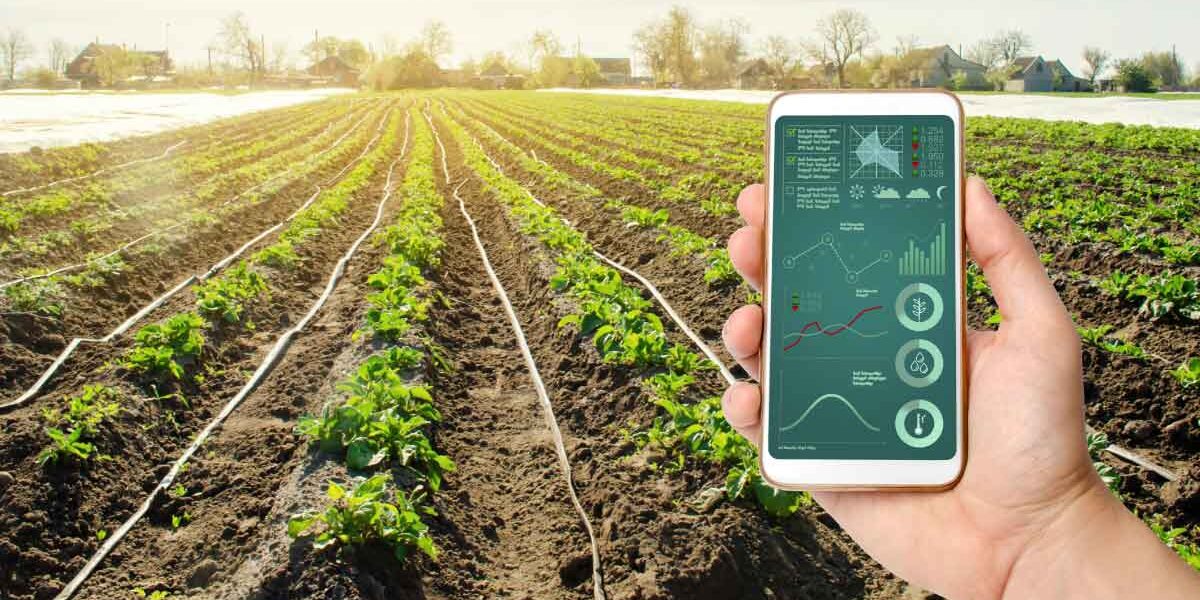
Key Components of Agricultural Sensor PCB Design
Designing a PCB for precision agriculture requires careful consideration of several components and factors. Below, we break down the essential elements that ensure functionality and reliability in data-driven farming applications.
1. Sensor Selection for Agricultural Applications
The first step in agricultural sensor PCB design is choosing the right sensors for the job. Common sensors used in precision farming include:
- Soil Moisture Sensors: These measure the water content in soil, helping farmers optimize irrigation. A typical capacitive soil moisture sensor operates at a frequency of around 70 MHz to detect changes in dielectric constant.
- Temperature Sensors: These monitor soil and ambient temperatures, which affect crop growth. Sensors like the DS18B20 offer accuracy within ±0.5°C.
- Nutrient Sensors: These analyze soil chemistry to guide fertilization, often using ion-selective electrodes.
When integrating these sensors onto a PCB, ensure compatibility with the board’s voltage levels (commonly 3.3V or 5V) and consider their power consumption to extend the system’s operational life, especially in remote field deployments.
2. Power Management for Field Durability
Agricultural PCBs often operate in remote areas with limited access to power. Efficient power management is crucial to keep sensors running for extended periods. Use low-power microcontrollers like the ESP32, which consumes around 5μA in deep sleep mode, and integrate voltage regulators to handle input from solar panels or batteries (typically 3.7V LiPo batteries).
Additionally, protect the PCB from voltage spikes or drops by incorporating transient voltage suppression diodes. This ensures the longevity of components in unpredictable outdoor conditions.

Designing a Soil Moisture Sensor PCB for Precision Farming
A soil moisture sensor PCB is one of the most critical tools in precision agriculture, as water management directly impacts crop health. Designing a PCB for soil moisture sensors involves balancing sensitivity, durability, and cost-effectiveness. Here's how to approach it:
1. Circuit Layout for Accurate Readings
Soil moisture sensors often work on capacitive or resistive principles. For capacitive sensors, the PCB layout must minimize parasitic capacitance to avoid inaccurate readings. Keep traces short and avoid placing high-frequency components near the sensor to reduce noise. A typical design might include a 10kΩ pull-up resistor and a signal conditioning circuit to filter out interference.
2. Material and Coating for Harsh Environments
Since soil moisture sensors are exposed to water, dirt, and chemicals, the PCB must be resistant to corrosion. Opt for a PCB substrate like FR-4 with a thickness of 1.6mm for durability, and apply a conformal coating to protect against moisture and dust. Additionally, use stainless steel probes or gold-plated contacts to prevent rusting over time.
Wireless Sensor PCB Layout for Seamless Connectivity
In precision agriculture, data needs to be transmitted from the field to a central system for analysis. A wireless sensor PCB layout is essential for enabling this connectivity. Here's how to design a PCB for wireless communication:
1. Choosing the Right Wireless Protocol
Common wireless protocols for agricultural applications include LoRa, Zigbee, and Wi-Fi. LoRa is ideal for long-range communication (up to 10 km in rural areas) with low power consumption, transmitting at frequencies like 868 MHz or 915 MHz. Wi-Fi, on the other hand, suits shorter ranges with higher data rates, operating at 2.4 GHz.
When designing the PCB, place the antenna away from other components to avoid interference. For LoRa modules, ensure a 50Ω impedance match between the antenna and the transmitter for optimal signal strength.
2. Ground Plane and Shielding
A solid ground plane is critical in a wireless sensor PCB layout to reduce electromagnetic interference (EMI). Use a multilayer PCB design with a dedicated ground layer, and add shielding cans around sensitive RF components to block external noise. This ensures reliable data transmission even in noisy environments like farms with heavy machinery.
Real-Time Data PCB Processing for Instant Insights
Collecting data is only half the battle; processing it in real time is what drives actionable insights in precision farming. A PCB designed for real-time data PCB processing must handle sensor inputs, perform calculations, and transmit results without delay. Here's how to achieve this:
1. Microcontroller Selection
Choose a microcontroller with sufficient processing power for real-time tasks. The STM32 series, for example, offers clock speeds up to 550 MHz and built-in analog-to-digital converters (ADCs) with 12-bit resolution, ideal for processing sensor data from multiple sources like soil moisture and temperature sensors.
2. Data Filtering and Noise Reduction
Raw sensor data often contains noise that can skew results. Incorporate low-pass filters in the PCB design to smooth out fluctuations, and use digital signal processing (DSP) algorithms on the microcontroller to further refine the data. For instance, a simple moving average filter can reduce noise in soil moisture readings by averaging the last 10 data points.
Remote Monitoring PCB for Farm Management
A remote monitoring PCB ties all these elements together by enabling farmers to access data from anywhere. Whether through a mobile app or a cloud dashboard, remote monitoring ensures that critical farm conditions are always under control. Here's how to design a PCB for this purpose:
1. Integration with IoT Platforms
Design the PCB to connect with IoT platforms using protocols like MQTT or HTTP. This allows sensor data to be uploaded to a cloud server for analysis and visualization. Ensure the PCB includes a secure communication module to encrypt data, protecting it from unauthorized access.
2. Scalability for Multiple Sensors
Farms often require dozens or even hundreds of sensors. Design the PCB with scalability in mind by using modular connectors or bus systems like I2C, which supports up to 128 devices on a single line. This allows for easy expansion as monitoring needs grow.
Challenges in Agricultural PCB Design and How to Overcome Them
Designing PCBs for precision agriculture comes with unique challenges. Here are some common issues and solutions:
- Environmental Stress: Extreme weather can damage components. Use weatherproof enclosures with an IP65 rating or higher to shield the PCB from rain and dust.
- Power Constraints: Limited power in remote areas requires energy harvesting solutions like solar panels. Design the PCB to switch to low-power modes when idle, reducing consumption to under 10μA.
- Signal Interference: Farms often have machinery that generates EMI. Use differential signaling for sensor data and add ferrite beads to filter high-frequency noise.
Benefits of Optimized PCB Design in Precision Agriculture
Investing in high-quality PCB design for agricultural sensors offers numerous benefits:
- Increased Efficiency: Real-time data helps farmers use water and fertilizers more effectively, reducing costs by up to 20% according to some industry studies.
- Higher Yields: Precise monitoring ensures crops get exactly what they need, potentially boosting yields by 10-15%.
- Sustainability: Data-driven farming minimizes environmental impact by reducing overuse of resources like water and chemicals.
Conclusion: Building the Future of Farming with ALLPCB
Precision agriculture is transforming the way we grow food, and optimized PCB design is at the core of this revolution. From soil moisture sensor PCB layouts to wireless sensor PCB layout and remote monitoring PCB systems, every detail matters in creating reliable, efficient solutions for data-driven farming. At ALLPCB, we're committed to supporting engineers and innovators with high-quality PCB manufacturing and assembly services tailored to the unique needs of agricultural applications.
By focusing on durability, connectivity, and real-time data processing, you can build systems that empower farmers to make smarter decisions and achieve sustainable growth. Whether you're designing a single sensor node or a comprehensive monitoring network, the right PCB design can make all the difference in the field.

 ALLPCB
ALLPCB


